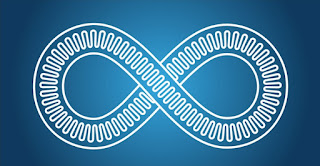Continuity Date
Continuity Date
Depending on your situation, your continuity date may be the date your current insurance began or a date far in the past when you were insured with another company.
Continuity dates apply to claims-made liability insurance policies, including errors and omissions, professional liability, and directors and officers insurance covers.
How far back your continuity date goes depends on whether you maintained coverage continuously:
-If you never dropped your insurance, your continuity date will be the date your first insurance policy began.
-If you dropped your insurance, your continuity date will be the start date of its successor policy.
-If you’ve never had insurance before, your continuity date will be the start date of your first policy.
-If an incident occurs before the continuity date, your insurance policy won’t pay for the loss, even if you file a claim under your current coverage.
Understanding coverage scope; that is kowing your continuity date helps you understand the timeframe for which your current policy provides coverage.
Filing Claims Strategically: By being aware of the continuity date, you can make informed decisions about when to report a claim, especially if dealing with incidents that happened close to the timeframe.
Negotiating with Prior Insurers: In some cases, if a claim relates to an incident that falls outside your current policy's continuity date but within the coverage period of a previous policy, you might need to negotiate with your prior insurer. Understanding your continuity date can be helpful in such situations.
The continuity date holds significance for claims-made insurance policies. It acts as a critical reference point that defines the earliest possible date a covered claim can be linked to your current policy.
#BeNewinsurance #InsurTech #inclusiveinsurance #insurance #reinsurance #takaful




Comments
Post a Comment
Thank you for making this valuable comment.